Written by Colette Smith
After a few months of social distancing at home, many are yearning to soak in the summer weather and explore the outdoors. One great way to get outside is to visit some of your local greenspaces. According to the Environmental Protection Agency, greenspace includes “any open piece of land that is undeveloped (has no buildings or other built structures) and is accessible to the public… [and] is partially or completely covered with grass, trees, shrubs, or other vegetation.” Specific examples of greenspaces include areas such as public parks, community gardens, walking, biking, or hiking trails, and even cemeteries. Greenspaces have a range of benefits, from individual and community health benefits to environmental sustainability. Below, we break down some great greenspace options near Tufts, the benefits of greenspace, and some tips for staying safe outdoors.
Although Boston ranks low among large cities for greenspace density, with only 168 feet per resident, there are still plenty of options to get outside and absorb the summer air for those of you still around Tufts. The Tufts campus itself has a lot of greenspaces, such as the President’s Lawn or the academic quad, where you can lay out in the sun and enjoy the warm weather. One of my favorite things to do in the nice weather is grab lunch from Hodge and sit out on the President’s Lawn with my friends.
Another greenspace that is only 2 miles from campus is Middlesex Fells. Professor Ninian Stein took my Introduction to Environmental Studies class here for a field trip last semester. I was astonished at how close it was to the somewhat urban environment near Tufts. It offers a wide variety of activities like hiking, renting a boat, riding a bike on one of the bike trails, or visiting the dog park.
Another local option is Nathan Tufts Park, located just across from Tufts at Powderhouse circle. This park features the seventeenth-century Old Powder House, which was built as a windmill but has served many purposes throughout the years. Today, you can walk-through, picnic, or be active on this historical greenspace.
If you would like to get off campus to explore the greater Boston area instead, there are some really great places you can go. One gorgeous option is the Rose Kennedy Greenway. The Greenway features a 1.5 mile long path through central downtown and the waterfront. Walking along you will see outdoor artworks and performances.
Another iconic Boston greenspace is the Boston Common. This area of land used to be a cow pasture, but it has been an important place for the city throughout the years serving as a site for a wide variety of occasions. Founded in 1634, the Boston Common is a great place to go for a stroll or to sit and have a picnic.
The next option, located at 695 Hillside St. in Milton, the Blue Hills Reservation is a great place to go for a hike since it has great options for all hiking experience levels. It includes 125 miles of stunning, scenic trails that will take you through a variety of landscapes from marshes to meadows. There are many different route options so make sure to pick up a map!
In addition to their aesthetic appeal, greenspaces have been reported to improve both mental health/well-being as well as physical health, since they provide opportunities for urban dwellers to get active. From an environmental perspective, the benefits of greenspaces include air quality improvements, natural ecosystems, reduction of noise, and better storm drainage. A final advantage of having greenspaces is that they have been shown to foster increased social interaction as people visit these sites and get to meet other people in their community face to face.
Finally: don’t forget to stay vigilant! Greenspaces are a great opportunity to get outdoors amidst the COVID quarantine and are relatively safe thanks to the open air. Still, you must social distance, wear a mask, and wash your hands frequently. Also, don’t forget sunscreen and bug repellant!

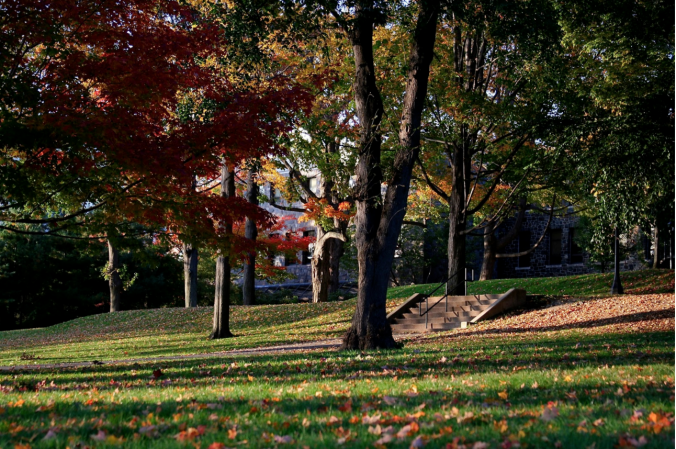
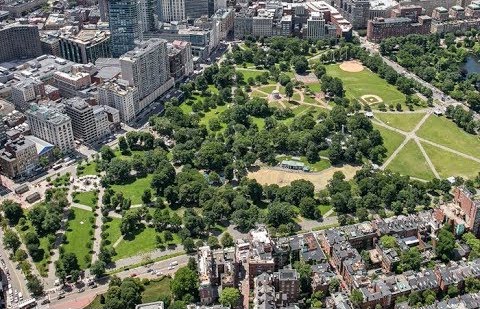

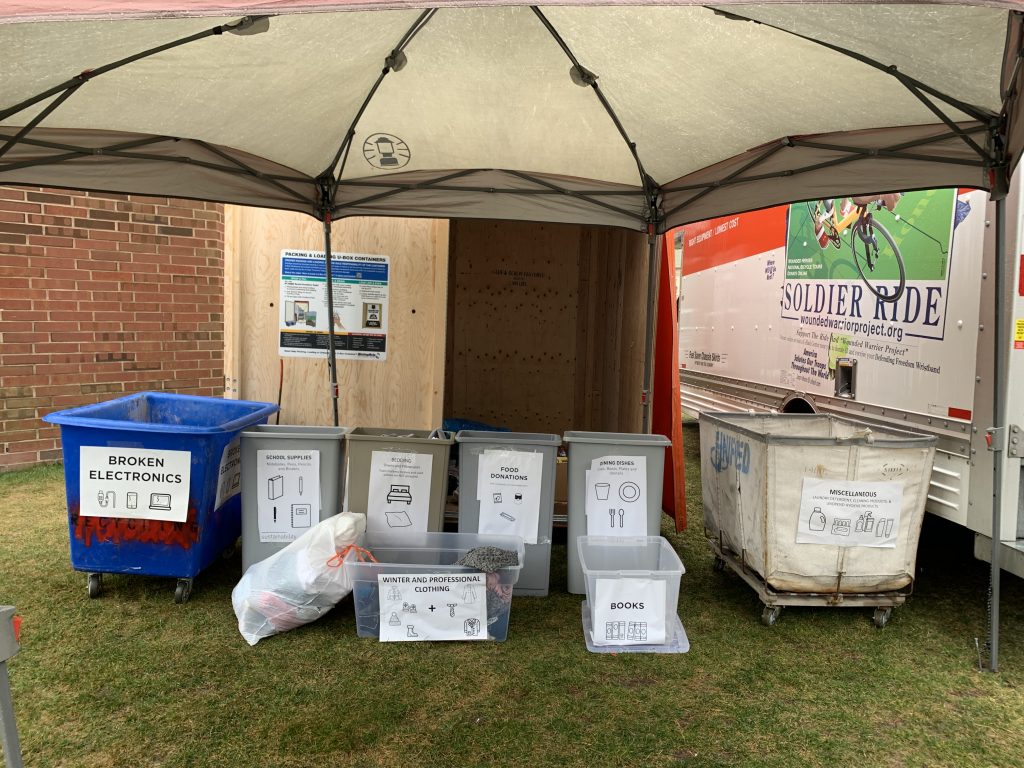
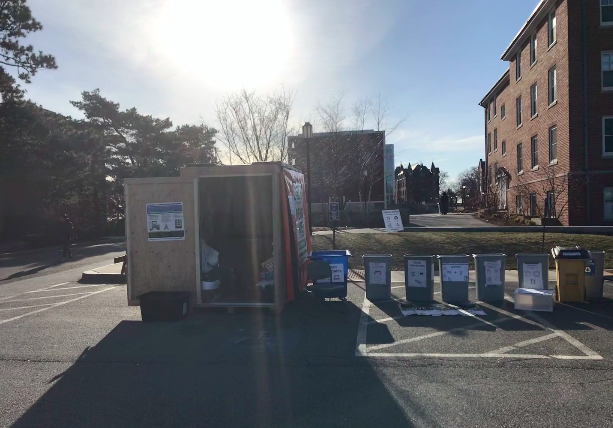
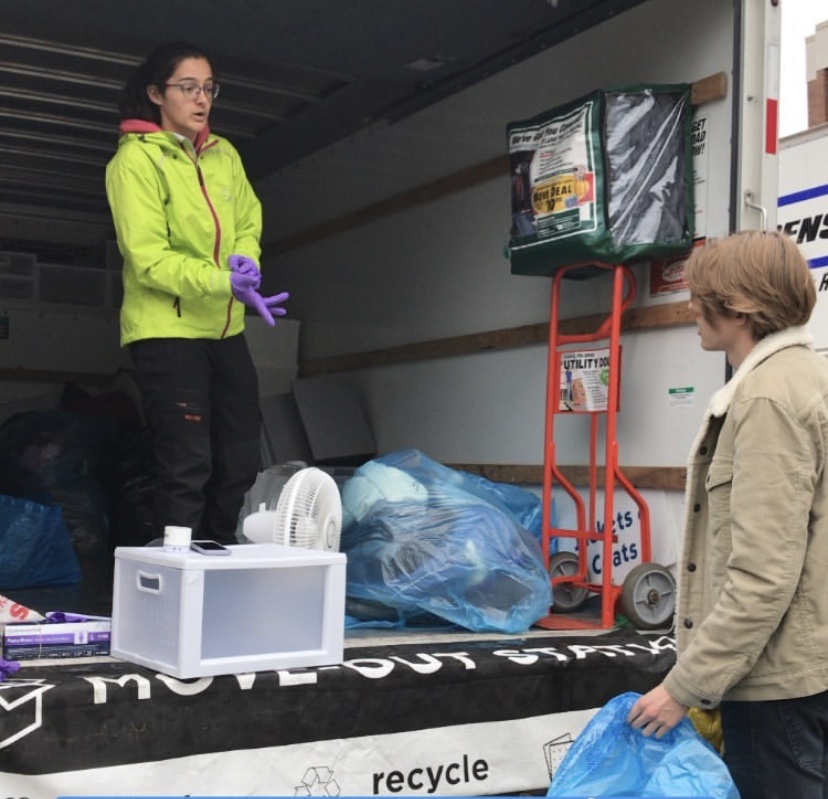
Find Us On Social Media!